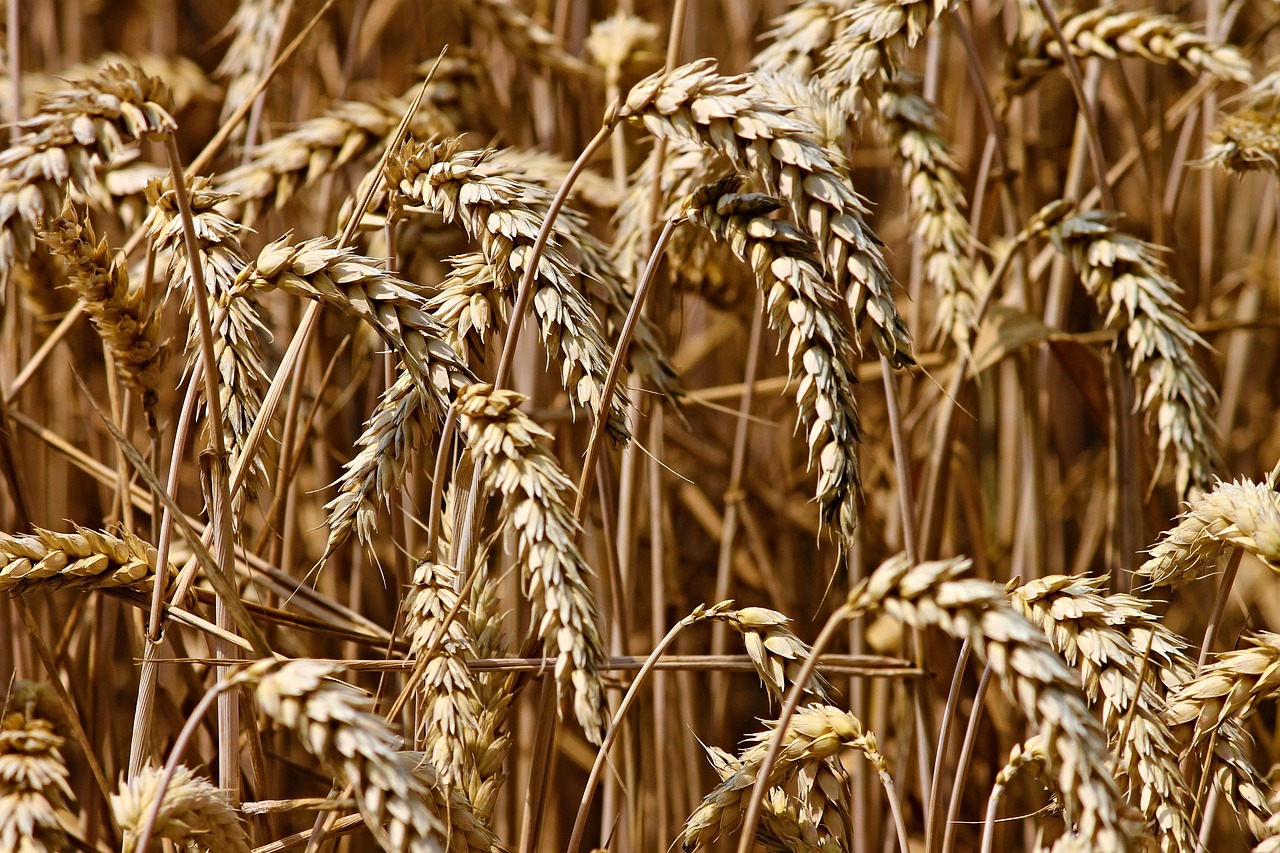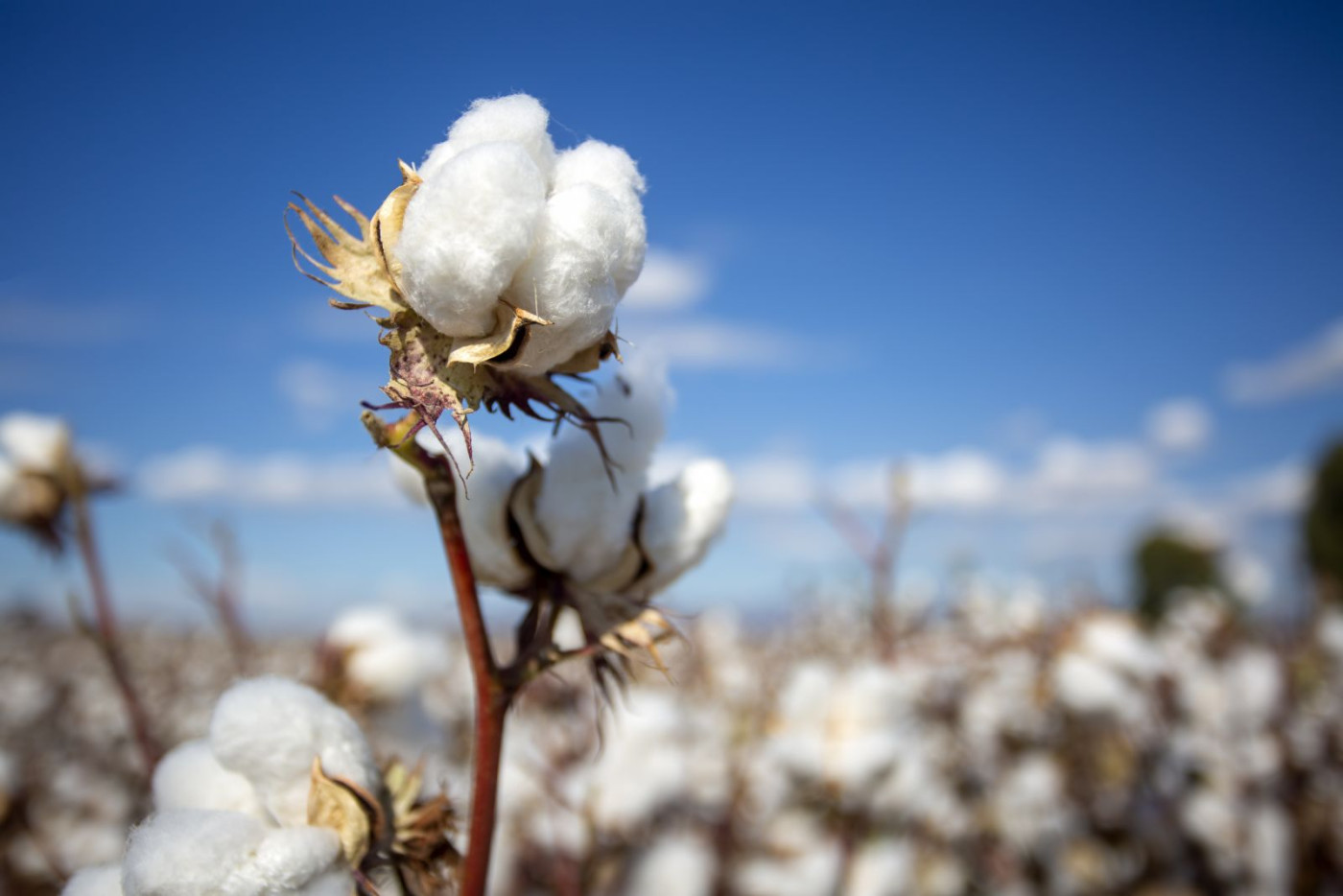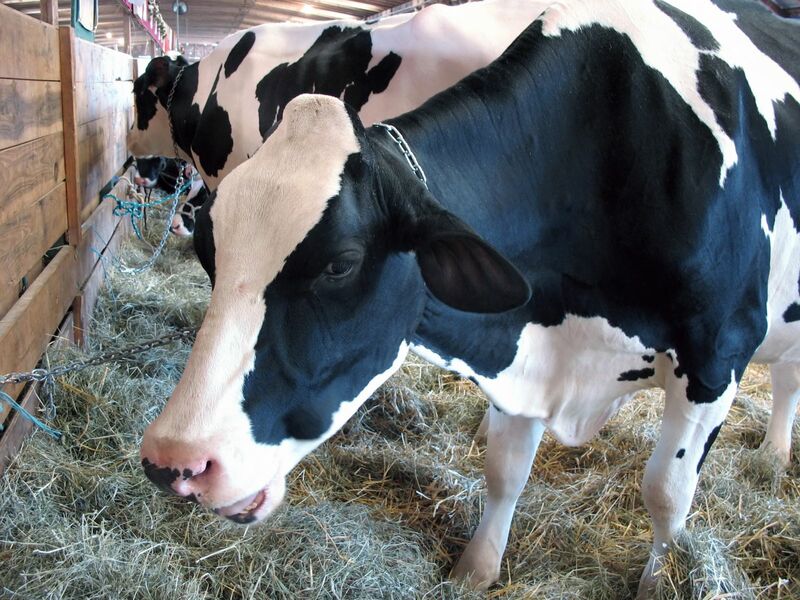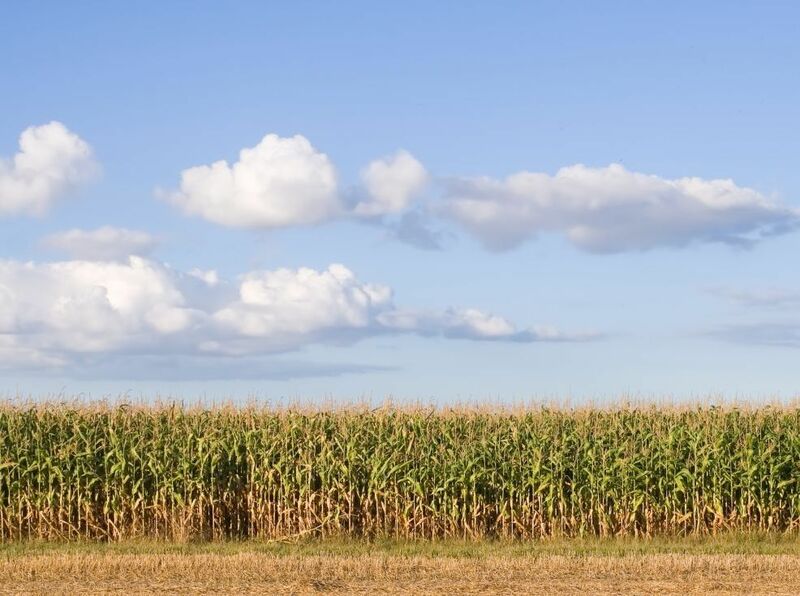October Lean Hogs is now the lead contract as its volume has overtaken the volume of the August contract. It opened unchanged and traded to the low at 73.50 and then the high at 75.00 all in the opening minute of the session. It drifted the rest of the day and settled at 74.55. The price action traded around the key level at 74.25 and settlement was above it. The October contract has had a nice short-covering rally after making its low at 68.05. The cash market has stabilized with both cutouts and the cash hogs working higher. We need to see continued upside in the cash market which could indicate that US consumer demand is rising. This would bolster futures and lead to a larger rally. The problem we still have is slaughter and weights are high which keeps production at high levels. With cutouts moving higher and the Dollar bouncing off its recent low, it could limit exports going forward. Futures need to see the cash market continue to recover or it could turn over and test the lows in my opinion. A failure from 74.25 could see price revisit support at 72.80. Support then comes in at 71.85. If price can take out the Friday high, it could test resistance at 75.60. Resistance then comes in at 76.175.
The Pork Cutout Index increased and is at 99.57 as of 07/18/2024.
The Lean Hog Index increased and is at 89.27 as of 07/17/2024.
Estimated Slaughter for Friday is 420,000, which is below last week’s 448,000 and last year’s 434,610. Saturday slaughter is expected to be 43,000, which is above last week’s 26,000 and last year’s 32,796. The estimated total for the week (so far) is 2,372,000, which is above last week’s 2,364,000 and last year’s 2,327,511.
August Feeder Cattle opened lower and crashed. It traded past support at the rising 100-DMA now at 254.375 and the key level nearby at 254.30 to the low at 253.875. The decline stopped just above trendline support at 253.675. Bullish traders came back into the market and took price to the high of the day at 256.45 by late morning. It drifted lower the rest of the session and settled at 255.60. Futures are now trading at a discount to the Feeder Index whereas during the strong rallies in the futures it had built extreme premiums to the index. Traders seem to be afraid that as we have made new all-time highs in the index over the past couple weeks that it is unsustainable and the index will turn lower as we near expiration of the August contract. So, they haven’t built the premium in the index as they had since it made the all-time high in the lead futures contract on May 29th at 264.95 when the index was at 248.68. As the cash moved higher to its new all-time high in the cash index at 261.88 futures traders became more squeamish. If price can’t hold settlement, we could re-test support. Support then comes in at 252.35. If it holds settlement, it could test resistance at the 8-DMA now at 257.075. Trendline resistance is next at 257.525.
The Feeder Cattle Index ticked lower and is at 259.18 as of 07/18/2024.
October Live Cattle is now the lead contract as its volume has exceeded the volume of the August contract. It opened lower and traded to the low at 182.50. The breakdown took price just below support at 182.575, rebounding and rallying to the high at 184.075 by late morning. The rally stalled a tick above the 21-DMA now at 184.05 and drifted lower the rest of the session and settled at 183.475. Trade in futures was quiet as traders awaited the upcoming Cattle on Feed Report due out after the close. They aren’t paying attention to the cash market as it is trading mostly steady with last week in front of the report even as the packer has cut back slaughter. With cash so high, traders think packers will regain control of the market because they can continue to push back on slaughter until they break the producer, in my opinion. Weights have come down over the past few weeks when we saw carcass weights 37 # over last year to 24 # over last year. This could cut back production and drive the other half of their market higher. So, they get cash prices lower and get cutouts higher, messing with the retail industry, the producer and the consumer. Wow!! The problem is, if cutouts move higher the producer could get stubborn and not give an inch in price. We’ve seen it. The slaughter numbers have come down and cash prices have actually risen as weights have gone up. We have repeatedly seen cash prices make new highs this year as cutouts have rallied and pulled back. The packer has more information than everyone else, in my opinion and they are paying producers for heavier cattle. Maybe feedlots aren’t as full as we think, even as the USDA puts out good Cattle on Feed numbers. If price can get above resistance at the 21-DMA, it could test resistance at 184.35. Resistance then comes in at 185.75. If price can’t hold settlement, it could re-test support at 182.575. Support then comes in at 181.175.
Boxed beef cutouts were lower as choice cutouts decreased 2.32 to 313.83 and select decreased 0.66 to 298.80. The choice/ select spread narrowed and is at 15.03 and the load count was 131.
Friday’s estimated slaughter is 103,000, which is below last week’s 118,000 and last year’s 115,167. Saturday slaughter is expected to be 6,000, which is below last week’s 7,000 and last year’s 17,403. The estimated slaughter for the week (so far) is 584,000, which is below last week’s 601,000 and last year’s 625,915.
The USDA report LM_Ct131 states: Thus far for Friday in the Southern Plains negotiated cash trade has been mostly inactive on light demand. The most recent market in the Texas Panhandle was Wednesday with live FOB purchases from 188.00-188.50. The most recent market in Kansas was Wednesday with live FOB purchases from 187.00-188.00, on a light test. In Nebraska and the Western Cornbelt negotiated cash trade has been slow on light demand. Compared to Thursday in Nebraska and the Western Cornbelt live FOB purchases traded steady at 196.00. The most recent dressed delivered purchases in Nebraska and the Western Cornbelt was Thursday at 310.00.
The USDA is indicating cash trades for live cattle from 185.00 – 198.00 and from 307.00 – 318.00 on a dressed basis (so far).
United States Cattle on Feed Up 1 Percent
Cattle and calves on feed - for the slaughter market in the United States for feedlots with capacity of 1,000 or more head totaled 11.3 million head on July 1, 2024. The inventory was 1 percent above July 1, 2023. The inventory included 6.82 million steers and steer calves, up 1 percent from the previous year. This group accounted for 60 percent of the total inventory. Heifers and heifer calves accounted for 4.48 million head, up slightly from 2023.
Placements in feedlots during June totaled 1.56 million head, 7 percent below 2023. Net placements were 1.51 million head. During June, placements of cattle and calves weighing less than 600 pounds were 365,000 head, 600-699 pounds were 255,000 head, 700-799 pounds were 350,000 head, 800-899 pounds were 349,000 head, 900-999 pounds were 165,000 head, and 1,000 pounds and greater were 80,000 head.
Marketings of fed cattle during June totaled 1.79 million head, 9 percent below 2023. Marketings were the second lowest for June since the series began in 1996.
Other disappearance totaled 57,000 head during June, 17 percent below 2023.
For those interested I hold a weekly livestock webinar on Tuesdays and my next webinar will be Tuesday, July 23, 2024, at 3:00 pm. It is free for anyone who wants to sign up and the link for sign up is below. If you cannot attend live a recording will be sent to your email upon completion of the webinar.
Sign Up Now
**Call me for a free consultation for a marketing plan regarding your livestock needs.**
Ben DiCostanzo
Senior Market Strategist
Walsh Trading, Inc.
Direct: 312.957.4163
888.391.7894
Fax: 312.256.0109
bdicostanzo@walshtrading.com
www.walshtrading.com
Walsh Trading, Inc. is registered as a Guaranteed Introducing Broker with the Commodity Futures Trading Commission and an NFA Member.
tested support at the
Futures and options trading involves substantial risk and is not suitable for all investors. Therefore, individuals should carefully consider their financial condition in deciding whether to trade. Option traders should be aware that the exercise of a long option will result in a futures position. The valuation of futures and options may fluctuate, and as a result, clients may lose more than their original investment. The information contained on this site is the opinion of the writer or was obtained from sources cited within the commentary. The impact on market prices due to seasonal or market cycles and current news events may already be reflected in market prices. PAST PERFORMANCE IS NOT NECESSARILY INDICATIVE OF FUTURE RESULTS.
All information, communications, publications, and reports, including this specific material, used and distributed by Walsh Trading, Inc. (“WTI”) shall not be construed as a solicitation for entering into a derivatives transaction. WTI does not distribute research reports, employ research analysts, or maintain a research department as defined in CFTC Regulation 1.71.
On the date of publication, Ben DiCostanzo did not have (either directly or indirectly) positions in any of the securities mentioned in this article. All information and data in this article is solely for informational purposes. For more information please view the Disclosure Policy here.
Disclaimer: The copyright of this article belongs to the original author. Reposting this article is solely for the purpose of information dissemination and does not constitute any investment advice. If there is any infringement, please contact us immediately. We will make corrections or deletions as necessary. Thank you.







